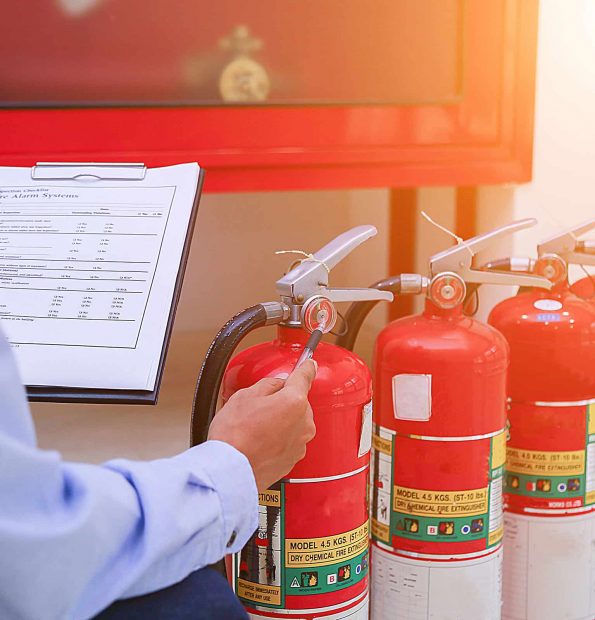Sydney fire safety goes beyond than just checking off boxes. The heart of the system lies the Annual Fire Safety Statement (AFSS), a document that does more than meet legal requirements but also demonstrates a building owner’s commitment to safety and responsibility. When combined with the Fire Safety Certificate, it forms the foundation of a structured framework that keeps people safe, insurers at ease and councils assured of their confidence in the quality of city’s buildings.
What is the reason for an annual Fire Safety Statement
It was never intended to be a paper piece just for the sake it. The requirement was formulated because fire protection systems no matter how well designed, only work when they are tested, maintained, and certified on a regular basis. Sprinklers that were installed 10 or more years ago could appear nice however they won’t work in an urgent situation If they’re not regularly inspected.

The AFSS asks owners to prove each year that their fire safety devices, including alarms, exit lighting and hydrants, are up to specifications originally laid out by the Building Code of Australia. It’s more than an inspection. It’s an announcement to the world that lives are protected and that the building is able to withstand a critical event.
The distinction between AFSS Certificates and Fire Safety Certificates
The Fire Safety Certificate and the Annual Statement are often misunderstood by owners, but they have distinct functions. The certificate is given after an important upgrade or new system is installed. It is a proof that the new measures meet the requirements before an apartment or tenancy building can be leased. The AFSS comes after. It’s a responsibility that is repeated that ensures that the same systems remain in compliance with the standard every year after the initial installation.
Together, they make up a protective cycle: certificates confirm that the safety systems have been properly installed, and annual reports confirm that the safety systems are maintained for the duration of the building. A failure to complete each step can weaken the entire chain.
The responsibility of building owners
The AFSS in New South Wales has a unique characteristic: it places the responsibility for this process onto the owner of the property. The AFSS system is distinct from other compliance systems that allow defects to be classified as minor and major. The entire statement is invalid when any one of the measures fails.
Owners must be proactive. To meet deadlines, they must plan inspections, hire accredited professionals, schedule repairs, and then submit the documents to the council. This responsibilities includes coordination among the tenants, contractors, and insurance companies for commercial landlords as well as strata comittees. While it can be challenging, the structure was created to ensure that security would never be at risk.
The Impact of the Broader AFSS in Sydney
The AFSS extends beyond the legal requirements. When deciding to rent space, tenants often ask about the safety statements of the building. Insurers often ask for copies prior to deciding their coverage. A fire safety declaration which is current could affect the worth of a property in terms of tenant confidence, as well as insurance premiums.
Councils can rest assured that the tens of thousands of Sydney buildings are constantly monitored. For fire departments, it means systems are more likely to work in real emergencies, which reduces risks to both occupants and firefighters. The AFSS isn’t just about safeguarding buildings. It’s also about making the town safer in general.
Conclusion: AFSS is a Standard of Trust
It may seem like an administrative burden, but the Annual Fire Safety Statement Sydney is actually an assurance standard. It demonstrates that fire security measures aren’t just left to chance. It also demonstrates that the equipment is reliable and that building owners bear on their own responsibility for their tenants wellbeing. When paired with a Fire Safety Certificate, it completes a system that verifies both the setting up and continual performance of crucial security measures.
For property owners, the lesson is clear: the AFSS is more than an annual deadline. It’s a commitment to security, accountability and community confidence. This makes the AFSS important in Sydney’s rapidly growing urban landscape where thousands rely upon safe and compliant building.